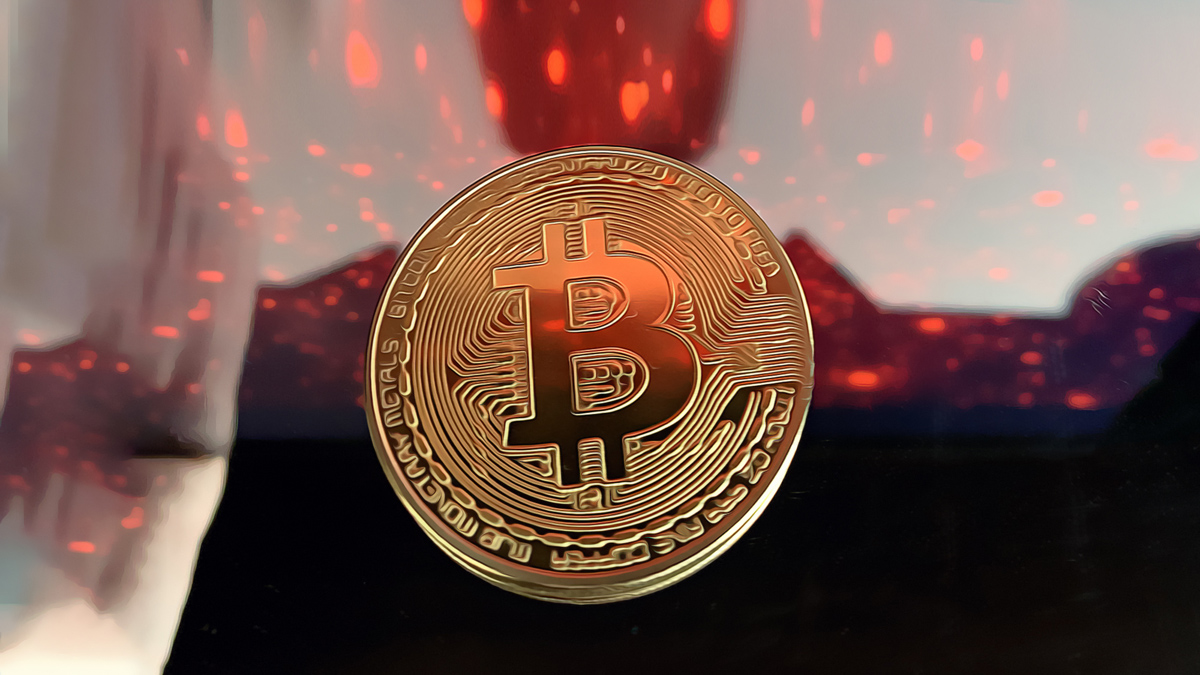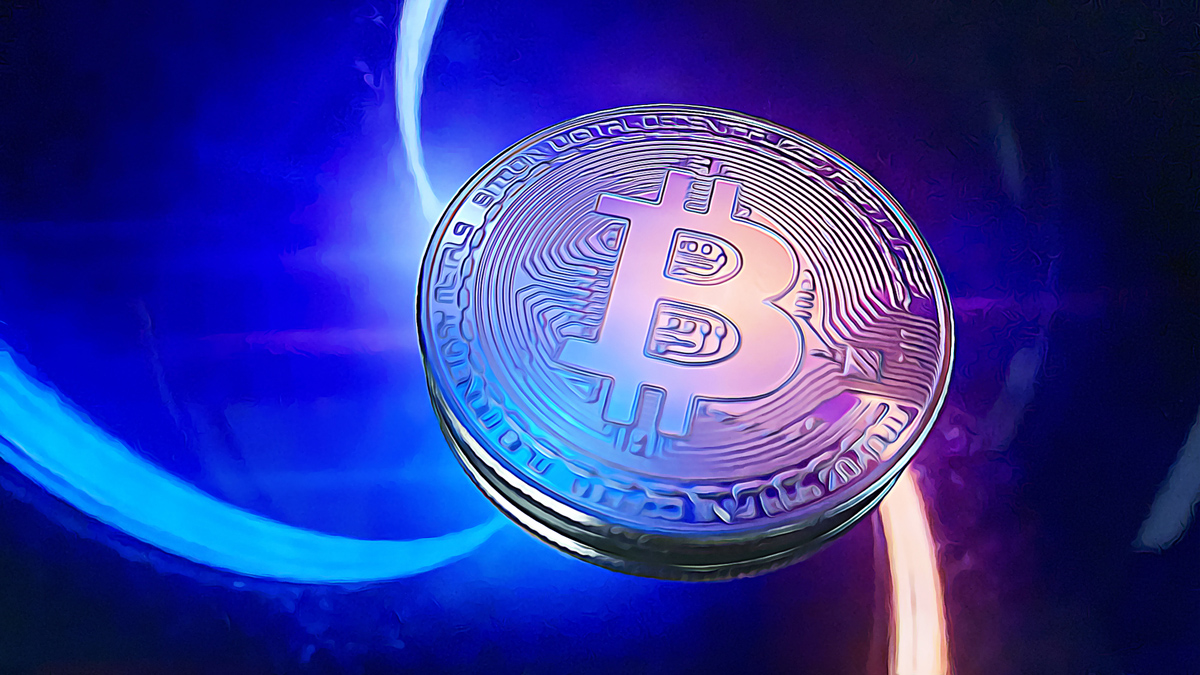The stablecoin market has surpassed the $200 billion mark in total market value for the first time, driven by accelerated demand and increased adoption. According to data from CCData and DefiLlama, stablecoins experienced a $10 billion surge within just two weeks, following a total market value that exceeded $190 billion during the 2022 bull cycle.
Stablecoins Set New Records
Stablecoins, typically pegged to the US dollar, serve as a vital infrastructure component in the cryptocurrency ecosystem. They act as a primary source of liquidity in cryptocurrency trading on exchanges and facilitate value transfer on blockchain technology.
Throughout 2024, the cryptocurrency markets emerged from a challenging downturn, with a steady increase in demand for stablecoins. Notably, demand surged significantly last month after Donald Trump’s election victory, resulting in a $30 billion growth as traders focused on cryptocurrencies.
Institutional Adoption
The supply of Tether (USDT), the most popular stablecoin, reached $139 billion after a 12% increase within a month. Data from DefiLlama indicates that USDT was accepted by the Abu Dhabi Global Market (ADGM) this past weekend, with plans for expansion into the Middle East.
The second-largest stablecoin, Circle’s USDC, also saw a 9% increase during the same period, reaching approximately $41 billion. Circle has partnered with the largest cryptocurrency exchange, Binance, to enhance global USDC acceptance.
The rise in cryptocurrency markets boosts stablecoins’ growth not only in trading pairs but also in areas like payments, remittances, and savings. Fintech Fund partner Nik Milanovic highlighted the rapid increase in stablecoin transactions within transfer applications.
Tokenized products are also gaining popularity by offering investors fixed returns. Regulations surrounding stablecoins are expected to attract major players in the market and support growth.
The stablecoin market is projected to reach $400 billion by 2025. According to Bitwise, the passage of stablecoin regulations by the US Congress will be one of the main drivers behind this growth.
The integration of stablecoins in fintech applications, such as Paypal’s PYUSD, and their increasing role in global payments will contribute to future growth.










